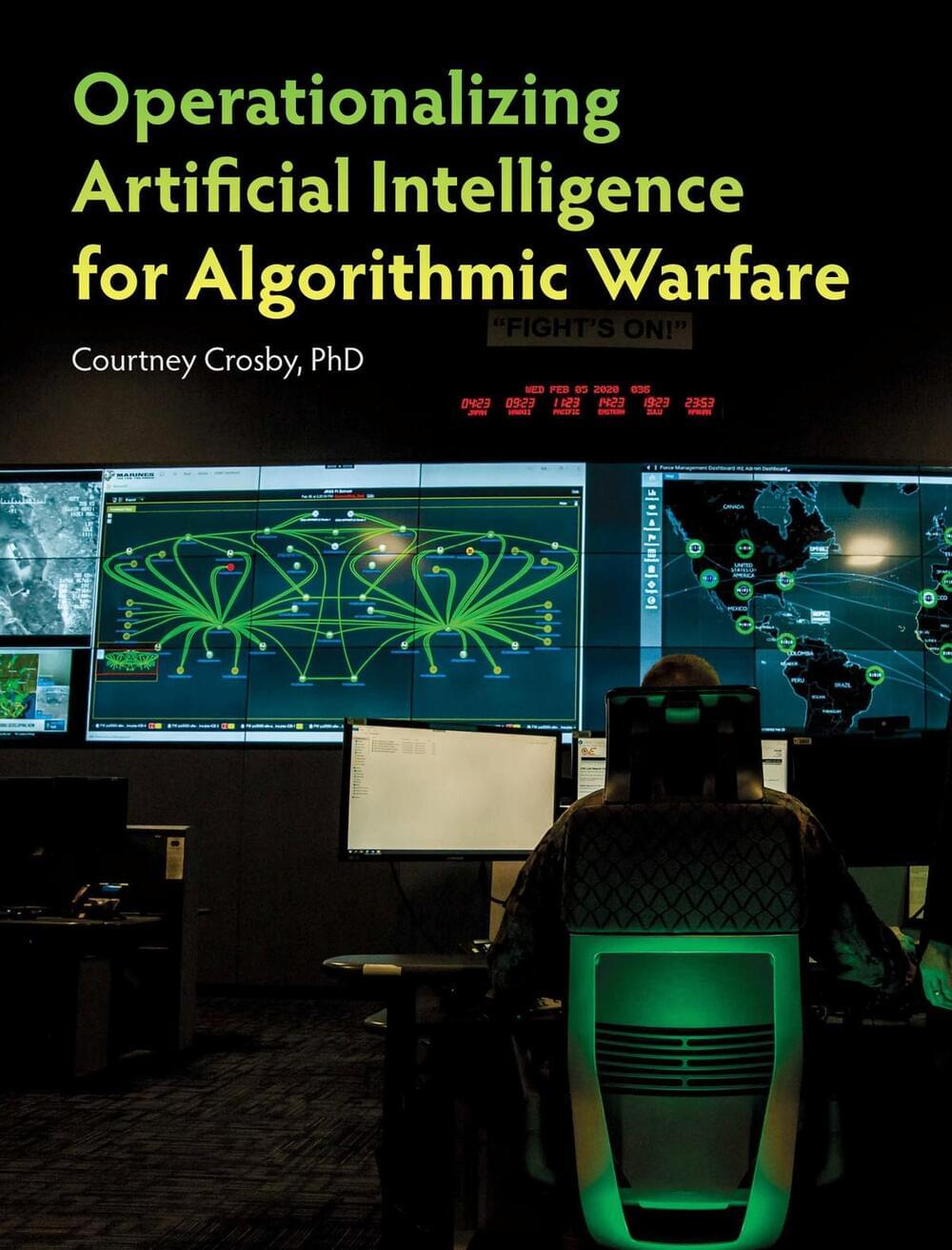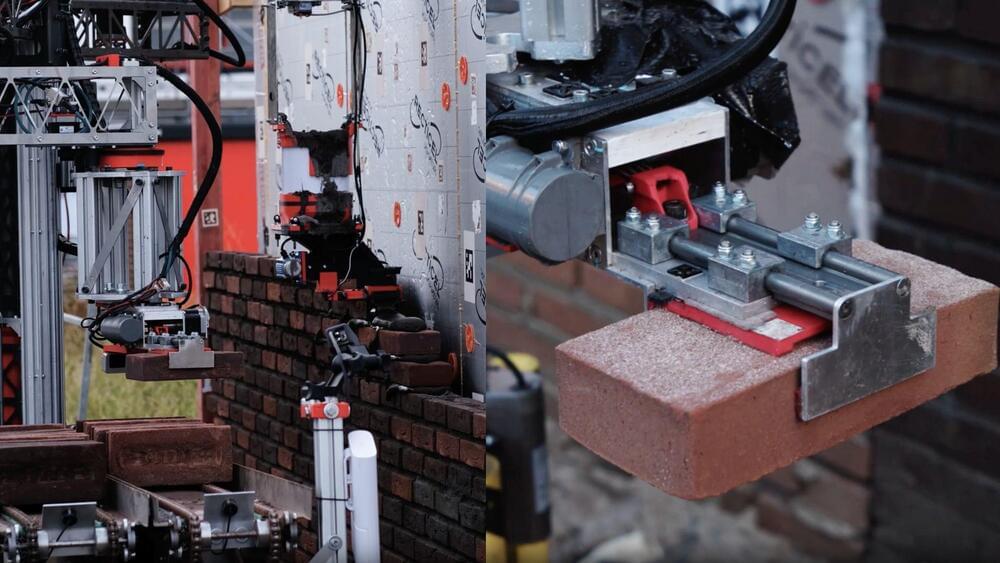According to OpenAI, its new video AI called Sora is a “world simulator,” that taught itself how to understand 3D spaces.



A research has identified and analyzed potential areas which can give a country comparative advantage and expansion in economic activities.
The findings indicates that developing countries can leverage Artificial Intelligence (AI) to achieve a faster and more sustainable growth. This has led to countries worldwide racing to harness AI to make their industries more competitive and helping to diversify economies.
About AI




J. Robert Oppenheimer’s grandson is among the star-studded signatories of a new open letter about the dangers artificial intelligence poses to the planet.
The letter, which was issued by the Nelson Mandela-founded group The Elders in conjunction with the Future of Life Institute, calls on global decisionmakers to “show long-view leadership on existential threats,” including “ungoverned AI” and nuclear weapons.
Charles Oppenheimer, who founded the Oppenheimer Project to continue his grandfather’s mission of tempering scientific progress with “international cooperation and unity,” was joined by hundreds of others, including British billionaire Richard Branson, AI pioneer Geoffrey Hinton, writer and Carl Sagan widow Ann Druyan, and musician Peter Gabriel. In it, they warn that the world “is in grave danger” as we face down the perils of AI.
This video explores 20 emerging technologies and their future. Watch this next video about the 10 stages of AI: • The 10 Stages of Artificial Intelligence.
🎁 5 Free ChatGPT Prompts To Become a Superhuman: https://bit.ly/3Oka9FM
🤖 AI for Business Leaders (Udacity Program): https://bit.ly/3Qjxkmu.
☕ My Patreon: / futurebusinesstech.
➡️ Official Discord Server: / discord.
💡 Future Business Tech explores the future of technology and the world.
Examples of topics I cover include:
• Artificial Intelligence & Robotics.
• Virtual and Augmented Reality.
• Brain-Computer Interfaces.
• Transhumanism.
• Genetic Engineering.
SUBSCRIBE: https://bit.ly/3geLDGO
Disclaimer:
Some links in this description are affiliate links.
As an Amazon Associate, I earn from qualifying purchases.
This video explores 20 emerging technologies and their future. Other related terms: ai, artificial intelligence, future business tech, future technology, future tech, future business technologies, future technologies, artificial general intelligence, artificial superintelligence, superintelligence, future city, radical life extension, crisp, quantum computer, neuralink, humanoid robot, generative ai, starlink, nanotechnology, smart cities, mixed reality, autonomous vehicles, blockchain, lab grown meat, smart home, fusion power, space tourism, artificial wombs, etc.



AI startup OpenAI has unveiled a text-to-video model, called Sora, which could raise the bar for what’s possible in generative AI.
Like Google’s text-to-video tool Lumiere, Sora’s availability is limited. Unlike Lumiere, Sora can generate videos up to 1 minute long.
Text-to-video has become the latest arms race in generative AI as OpenAI, Google, Microsoft and more look beyond text and image generation and seek to cement their position in a sector projected to reach $1.3 trillion in revenue by 2032 — and to win over consumers who’ve been intrigued by generative AI since ChatGPT arrived a little more than a year ago.